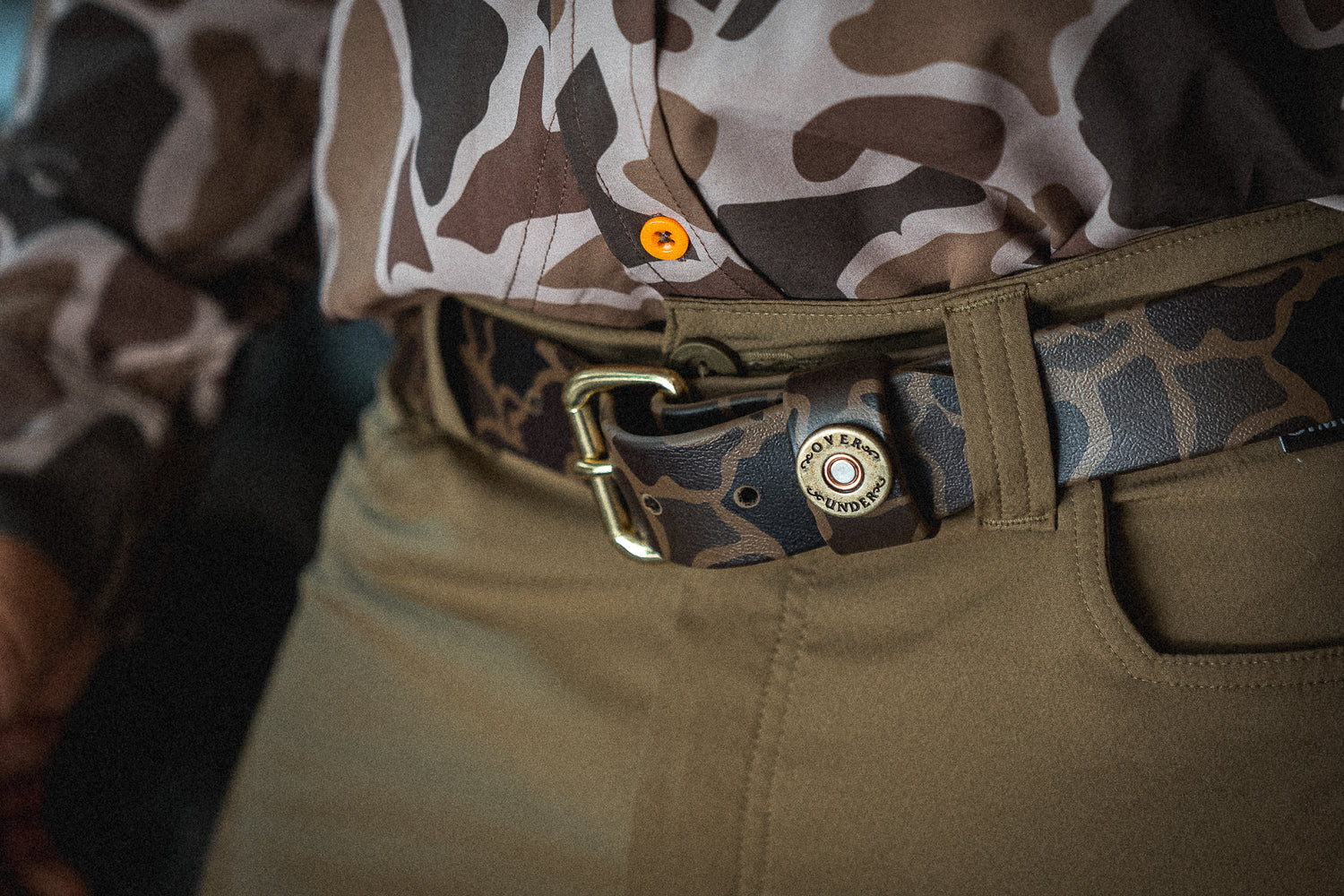T-shirts are a staple in your closet. You probably reach for one on a lazy Saturday, and maybe a somewhat different model when you're about to go for a run. The t-shirt is ubiquitous in American culture — as popular with the athletic crowd as it is with hip hop fans. Have you ever wondered how it came to be so?
1868: The Union Suit Was Invented
Indoor heating technology was not nearly as advanced in the 1800s as it is now, and people spent a lot more time outside, too. As such, they really needed a way to keep warm, and thus the union suit was invented. This one-piece underwear resembled the one-piece footy pajamas worn today, but without feet. In the summer, men would cut the bottoms off of their union suits and wear only the tops. These tops were like primitive t-shirts.
1904: Cooper Underwear Company Starts Selling Bachelor Undershirts
Some companies experimented with pull-over shirts prior to the 1900s, but it was not until 1904 that the style became generally accepted.
Cooper Underwear Company started making buttonless, pin-less, pullover shirts they called bachelor undershirts and marketing them widely. Soon after, the buttonless undershirt became an official part of the U.S. Navy uniform — and its popularity only increased from then on.
1950: Marlon Brando Popularizes T-Shirts as Outerwear
Throughout the 1920s, '30s, and '40s, t-shirts continued to be worn primarily as undergarments. (F. Scott Fitzgerald was the first known person to use the name t-shirt in the 1920s.)
In 1950, the actor Marlon Brando wore a tight, fitted t-shirt when he appeared in the play A Street Car Named Desire. Fans fell in love with the look and began to mimic it, wearing their t-shirts as outer clothing in casual settings.
1970s: American Companies Began Using T-Shirts for Advertising
In the 1950s and 1960s, most t-shirts were plain, solid colors. But in 1970s, American companies began to use t-shirts for advertising. Coca Cola and Mickey Mouse were some of the first products to be advertised on t-shirts.
This tradition is carried on to this day, and now almost every company, big or small, uses logo t-shirts as a part of its advertising campaign.
1990s: Baby Tees Were Popularized
T-shirts were traditionally a more masculine apparel choice, but the 1990s revolutionized the t-shirt as women's wear with the invention of the baby tee, according to The Cut.
Cut much smaller, the baby tee fit tightly around the chest and arms and barely covered the midriff. Some styles even showed an inch or two of the midriff, especially when paired with the low-cut jeans that were so popular in this era.
2000s: Performance Fabric Introduced
For years, t-shirts were made primarily from cotton. Some styles, like many baby tees, included some spandex for stretchiness. In the 2000s, however, athletic companies began making t-shirts with synthetic performance fabrics rather than cotton, according to Consumers Digest.
Unlike cotton, which traps moisture against the skin, these fabrics wick moisture away from the skin. There is a saying among hikers that says “cotton kills," translated to mean that if you sweat and then catch a chill in a cotton t-shirt, your life will be at risk because the liquid near your body cools you excessively.
If you sweat in a performance t-shirt, however, the moisture evaporates easily, so you don't run such a risk.
From its initial invention as underwear to its multi-role purpose as a fashion essential and outdoor apparel today, the t-shirt has come a long way. If you're looking for original cotton t-shirts made proudly in the USA, check out the collection at Over Under Clothing. We offer short-sleeve, long-sleeve, performance, and youth tees to satisfy your every need.


